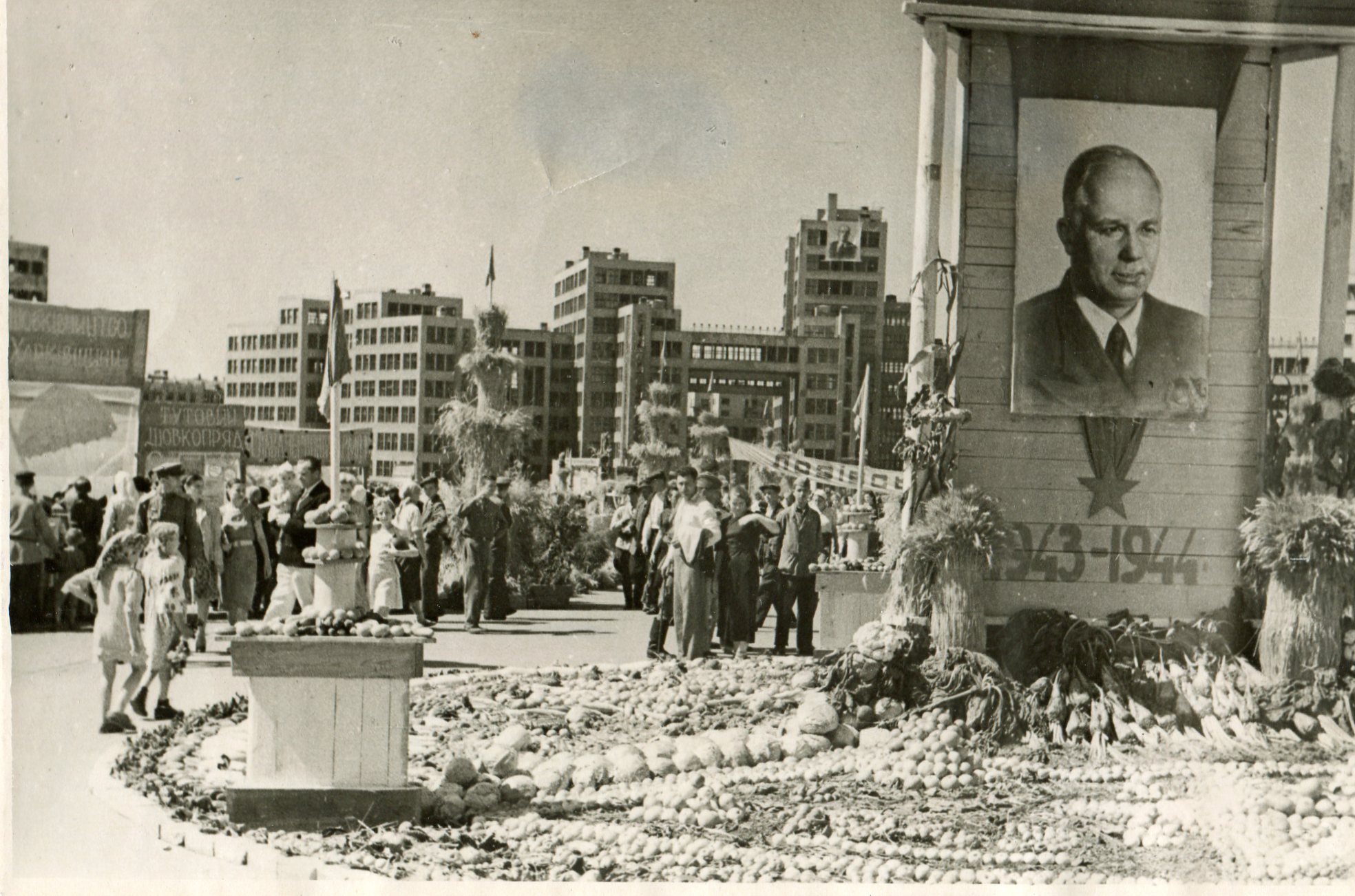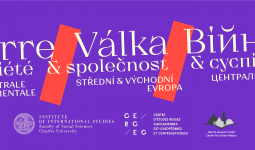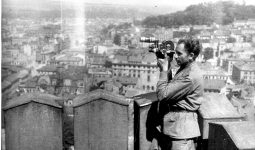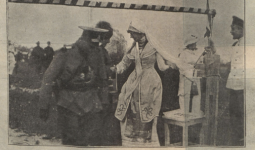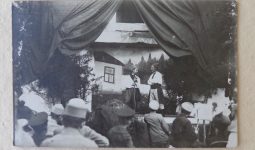Soviet Memory of Nazi Occupation: Kharkiv between "Strategic Policy" and "Ordinary Man," 1943-1991
Dr. Iryna Sklokina
This project is focused on the making of the Soviet version of the Second World War, with special attention to representation of the groups marginalized in the official discourse: civic population under occupation, victims of ethnic violence, Soviet prisoners of war, participants of the anti-Soviet national movements, and collaborators with Nazis. The focus on particular city of Kharkiv opens up a possibility to consider the roles of different actors on the local, republican (Ukrainian), and national (USSR) level, in the context of broader cultural changes of the postwar era. This is an attempt to look interdisciplinary into several problems: material legacy of occupation and its transformation in the new city infrastructure and symbolic landscape; the place of the wartime past in the city image and in the strategies of mobilization and loyalties; the relation between the war myth and Soviet consumerist values (and dreams of the future socialist era). The international context of the Cold war, struggle with alternative versions of the past (from Ukrainian Diaspora or dissidents), and the penetration of the ‘western’ cultural products are important factors of change. The city of Kharkiv is an important example of how the Soviet memory was created in the city where the Soviet army suffered several major defeats, but which was important center of the military and heavy industry, as well as education and preparation of the cultural and propaganda cadres, in the postwar time. Several most important questions of this study include: Who were the actors of the memory policy? What was the role of actors on the edge of academy and public – museum workers, local historians, history teachers, and writers? How did the memory politics combine practical issues (especially dealing with burials and other material remnants) and ideological goals? How did the international context (memory boom in western Europe) influence USSR? What resources were found to make possible the representation of the officially marginalized groups? What was the role of the participants and eye-witnesses of the wartime in the making of the past?
Publications:
"The Politics of Remembering the Nazi Occupation in Soviet Museums. The Case of the Kharkiv Historical Museum (1943-1985)," in: E. Makhotina, E. Keding, W. Borodziej, E. François, M. Schulze Wessel (Hg.) Krieg im Museum. Präsentationen des Zweiten Weltkriegs in Museen und Gedenkstätten des östlichen Europa. Vandenhoeck & Ruprecht, 2015. Pp. 131-155.
Credits
Сover Image: Celebration of the 1st anniversary of liberation of Kharkiv from the Nazi occupation, August, 1944 / Kharkiv Historical Museum
Other research projects
Other research focuses
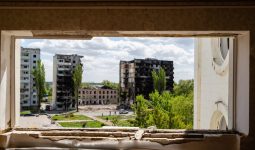
Documenting Experiences of War
We have involved our capacity and expertise to document the experiences of Russia’s full-scale invasion of Ukraine as historical and/or legal evidence, but also as a way to withstand the invasion.
Details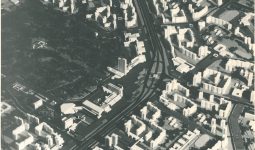
Professionals, Expertise, and Planned Urbanity
This focus on planned cities, towns, and districts in socialist societies explores the visions of planners, experts, and decision-makers, who were all involved in the construction and experience of planned urbanity.
Details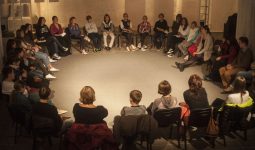
Public History and the City: Engaging and Reflecting the Pasts
This focus brings together research on the forms, formats and multiple agendas in engaging with the past from urban perspectives and in urban settings.
Details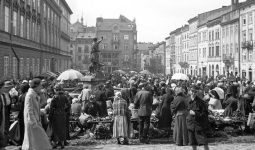
The Social City: Histories of Mobility, Status, Gender and Welfare
This research focus extends the established approaches to the history of modern Lviv, centered on the history of the formation of national communities, by addressing other categories of social divisions: gender, age, class, and group.
Details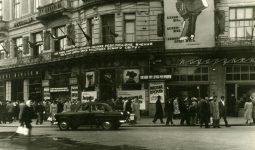
Urban Cultural Infrastructures: Creators, Managers, Audiences in the Modern City
This research focus aims to expand our understanding of the ways infrastructures shape creative culture in the modern city.
Details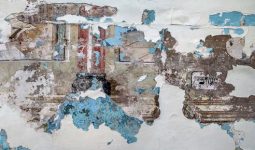
Urban Heritages: Concepts, Practices and Legacies
This research focus incorporates several individual projects, as well as initiatives in cooperation that analyze heritage both as a set of concepts, discourses, and practices, as well as institutional and discursive frames.
Details